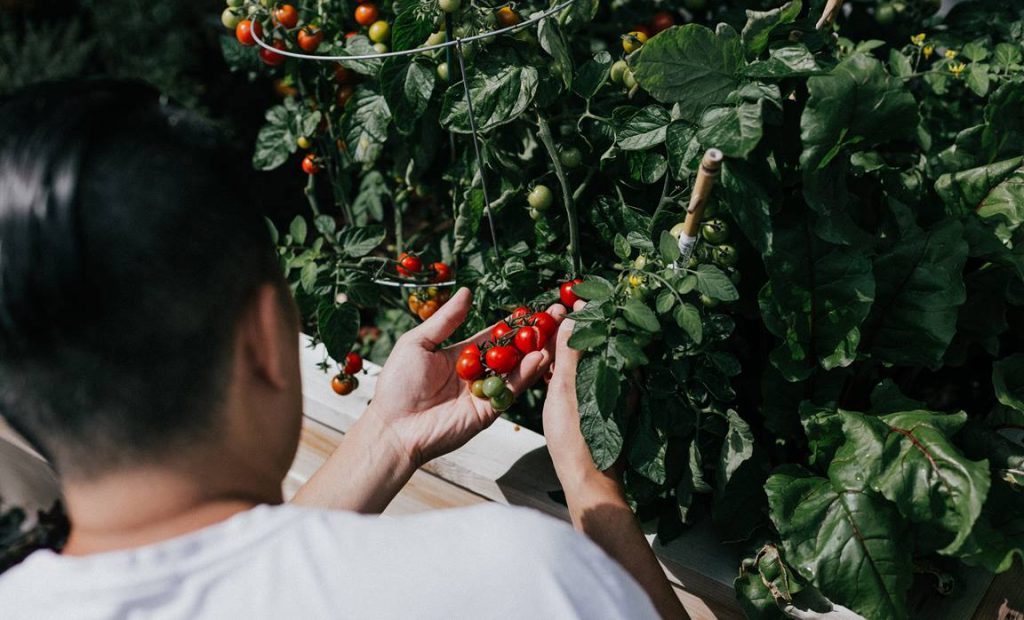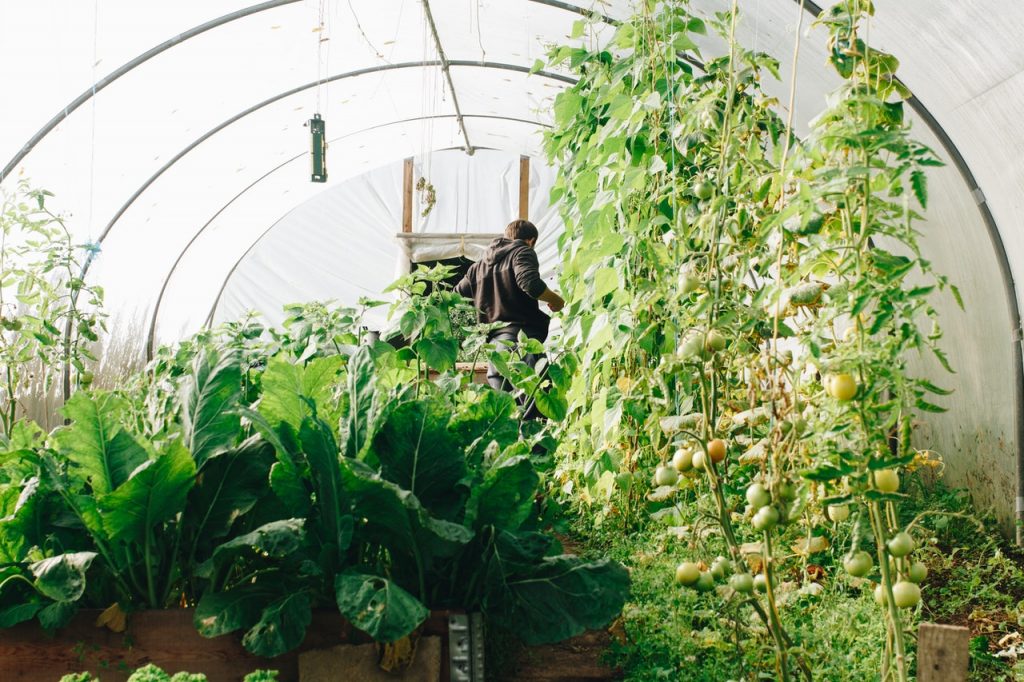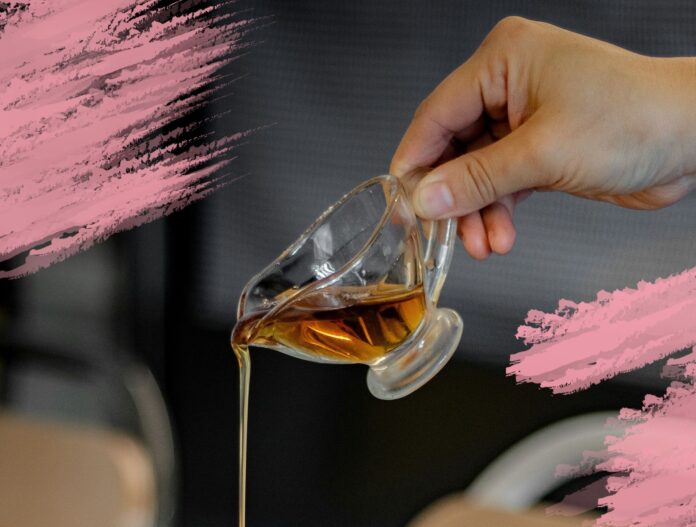For keen greenhouse growing enthusiasts, May represents an exciting time in the cultivating calendar, with the fruits of the first half of the year’s labour richly rewarded.
Strawberries can begin to be harvested, French beans and lettuce start to look good, and early season tomatoes appear plump and sweet. There are even herbs like basil and coriander to sow, ready to perk up many a future meal. There really is no better feeling!
This, of course, is in an ideal world, where gnats are kept at bay, temperatures are consistent, and root-rot remains purely a concept, rather than an ever-present threat.
Today, we’re considering some familiar problems which can affect the fruits, vegetables and herbs we’re growing and ways to both prevent them from happening and to mitigate their impact if they do occur. With that in mind, if you’re growing fruit and vegetables in the greenhouse, here are 6 common issues and how to avoid them.
OVERWATERING
Though there’s always a temptation to water daily, as this feels like you’re making a difference to your plant’s health, too much water will effectively drown your plant’s roots. What’s more, overwatering can leave your plant prone to infection, as you block the flow of oxygen to the roots and create an anaerobic environment ideally poised to allow disease to thrive.
To recognise if you have overwatered, check to see if any leaves are yellowing, drooping or falling off; all telltale early signs of trouble.
It should be noted that overwatering typically occurs in soil, and hydroponic growers don’t tend to experience this as frequently. Tomatoes, for instance, work particularly well in a hydroponic setting, particularly when using an ebb and flow system which allows for the swift release of excess water.
Anyway, if a plant has been overwatered, the first step to mitigate any issues is also the most obvious; don’t water it again until the topsoil is dry to the touch. Should there be obvious standing water in your pot, try to drain it off by tipping the pot gently. You could also increase the amount of ventilation close to your overwatered plant, as wind can help the soil dry more quickly. The same goes for moving your plant to a warmer part of the greenhouse.
If you’re not using soil, then over watering in a hydroponic system is simply corrected by altering the frequency of watering.

UNDERWATERING
On the flip side, too little water will again result in a wilting or drooping of the plant’s leaves, but ultimately, this tends to affect all of the plant. Once the roots completely dry out, there is very little time to salvage the plant, especially if it is a fully grown one, and this is particularly true for aeroponic systems – strawberries, lettuce, basil, mint and parsley, chiefly – where plants rely on regular misting.
If a plant has been under-watered…. then firstly, water it, but be carefully not to drown the soil and roots. Deluging the plant can lead to those issues we described above that are caused by overwatering. Instead, water the plant in small increments until adequate saturation is established and see how it responds. Make sure you spritz the leaves, too.
Above all else, really listen to your plants to find out what they need.
A PH IMBALANCE IN THE SOIL
The pH of your substrate or soil has a direct impact on what nutrients the crop can absorb confidently, and this level varies depending on your substrate or soil, and the type of fruit, vegetable or herb that you’re growing.
In general, you want the pH to be between 5.5 and 6.5 in organic substrate or soil for your plants to thrive. Here’s a breakdown of the pH level of more popular greenhouse growing fruits, vegetables and herbs:
- Tomatoes require a little above average pH of between 5.8 and 6.3 hydroponically, but when rooting in soil, 5.5 to 7.5 should do it.
- For soil, lettuce requires between 6.0 and 7.0 pH. Hydroponically, 5.5 to 6.0 pH will suit it best.
- Strawberries prefer slightly acidic soil, between 5.5 and 6.8. Should you be growing them hydroponically, 5.8 to 6.2 is best.
- Basil requires a soil of between 6.0 and 7.0 pH. Hydroponically, it should be slightly more acidic, ranging from 5.5 to 6.5 pH.
As you can see, each plant enjoys a slightly divergent pH to the next, with hydroponic pH levels generally lower than soil levels. You should always check the specific plant and variety’s ideal pH before sowing.
It’s a smart move to check the pH of your nutrient solution or soil regularly and if you can, test any ‘run-off’ you may have as this can give you a good indication of what’s happening at the root zone. The experts at Progrow advise that you should invest in a pH test kit or a Bluelab pH pen to do this, and make it part of your daily routine when in the greenhouse watering and maintaining.
OVERHEATING
As anyone who has stepped into a greenhouse on a sweltering summer’s day in the UK will attest, these spaces can get seriously hot and humid. Though warm-season crops do enjoy a certain amount of heat, anything exceeding 32°C (around 90°F) is going to do your plants some damage, with the optimum temperature sitting at around 27°C (80°F).
If you do think things are getting too hot in your greenhouse, keep doors and windows open during the daytime to ensure decent ventilation, making sure you close them once the sun sets.
CLEANLINESS
Having a clean and tidy greenhouse is important for several reasons. Firstly, a cluttered greenhouse will block the natural flow of light and ventilation in the greenhouse, inhibiting your crops’ chances of growing to their full potential. But even more importantly, a clean greenhouse is one that doesn’t foster bacteria, pathogens and disease, all of which could wreak havoc on your crops. Dirt can also attract pests (more of that later) who will feast on your crops and undo all of your hard work spent cultivating your plants. It could also encourage algae and mould to form; and you don’t want that.
You should regularly jetwash and sanitise your greenhouse, at the very least between every growing season, but ideally, more often than that. You’ll have to take your plants out of the greenhouse to do this, so ensure it’s a mild day before doing so. If you’re using soap to wipe down greenhouse windows, doors and surfaces, make sure it’s chemical-free and doesn’t leave a residue.

PESTS
Just because you’ve got your greenhouse door tightly shut doesn’t mean that insects, aphids and other pests can’t get in. Regularly check for signs of tiny laid eggs in your soil, and if you do identify an infestation, it makes sense to remove the offending plant entirely from your greenhouse to avoid cross-contamination or the problem spreading.
Fungus gnats are particularly attracted to the moisture of potting soil and the humidity of indoor growing, so keep an eye out for them. The adult fungus gnat is purely a nuisance, aesthetically, but the eggs of its larvae present a genuine problem, as they lay them into the top part of the soil and the larvae then set about digesting your roots. If you see any flying black insects around the base of your plant (particularly when you are watering), then they need to be eradicated fast.
Horticultural soaps, derived from plant oils and free from chemicals, are surprisingly effective against pest infestations, and bring the huge benefit of not containing harmful, undesirable chemicals.
It should also be noted that most insects, caterpillars and slugs love damp conditions, so make sure surfaces are scrupulously dry. Sticky traps around your plant pots will deal with adult flies and hungry slugs, too.
THE BOTTOM LINE
If you want your mealtimes to be blessed with a bounty of fresh produce grown in your greenhouse, then it’s so important you pay attention to each crop’s root zone.
Keeping your greenhouse clean, paying attention to watering cycles, monitoring and maintaining pH levels, and checking for pests and diseases regularly should keep you in good stead. Attention to detail goes a long way and the sooner you identify a problem and treat it, the healthier your plants will be.
If you’re looking to grow herbs like chives, dill and basil indoors, then check out these great tips on how to grow your own herbs at home.





